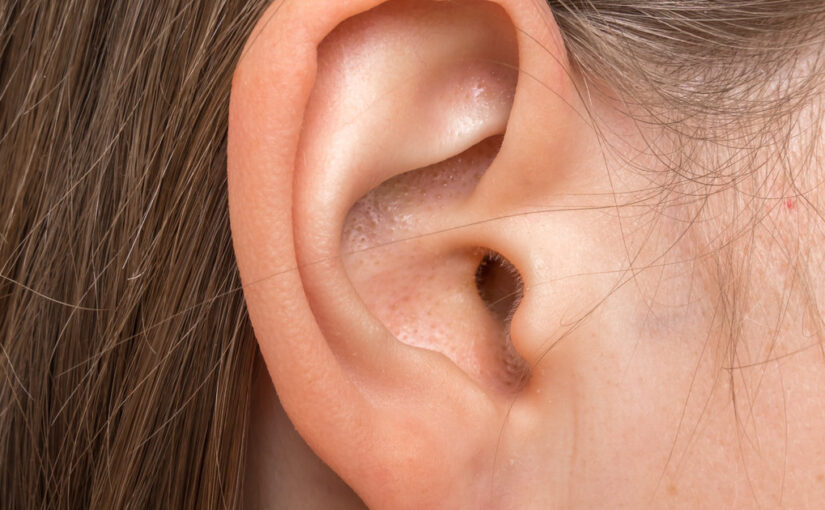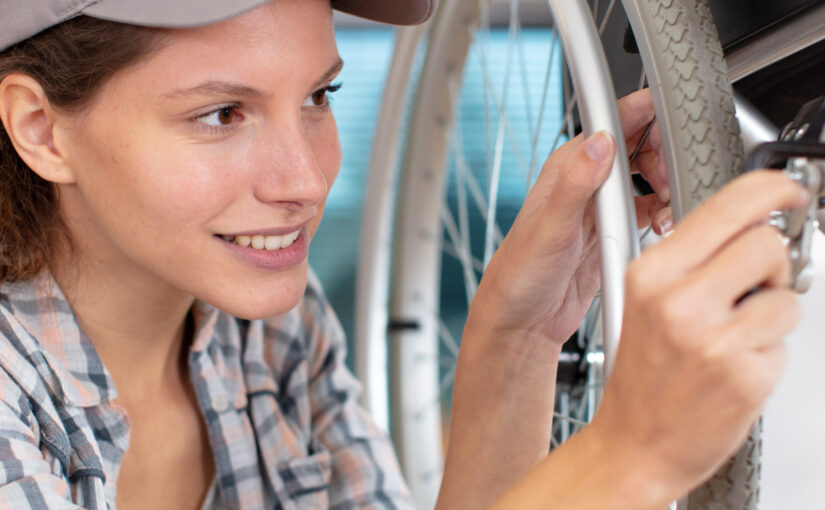Photo courtesy of Accessibility Services, Inc.
A spinal cord injury left an injured worker paralyzed in both legs and one arm. While recovering in a rehabilitation center, he learned to use an environmental control unit—aptly named autonoME (pronounced autonomy).
With this sophisticated system he could raise and lower his bed, turn lights on and off, shift positions to prevent pressure injuries, watch TV and even change the channels. autonoME frees up aides and other caregivers, but more importantly, it gives the patient more control over his life.
So impressed with the patient’s ability to use the system, the treating physician prescribed this brand of ECU when the worker transferred to a long-term care residential facility. ATF Medical filled the prescription through . (lAccessibility Services, Inc. (ASI), a Florida-based company that produces customized ECUs and assistive speech technologies for hospital and residential use.
autonoME units are found in many VA hospitals and in the homes of veterans who have had spinal cord injuries. Also used by ALS patients, the units can be adapted to accommodate disease progression.
These units have a vast array of accessories and are highly customizable. Our patient’s unit was programmed so he can open and close doors, make phone or Zoom calls, watch Netflix, read books on Kindle, play games, and go on You Tube. And ASI continues to add apps.
autonoME Residential enables patients to control their thermostats and fans and open, close, and lock doors. If using wheelchairs, injured workers can let themselves in and out of the house and lock the door behind them.
The software easily integrates with mobile phones, automatic doors openers and RING-type consumer products so injured workers at home alone can see the person at the door before opening it. The system has chimes to alert caregivers in the home, and it can send SMS text messages to family members who aren’t at home when the patient needs them.
The software runs on a light-weight Microsoft Surface Pro tablet. Our patient operates his through voice activation. Touch (the tablet weighs only two and one-half pounds), head tracking, eye movement, and sip-and-puff technologies are also available.
Many workers who suffer traumatic accidents lose the ability to do the little things most people take for granted. Being totally dependent on caregivers for something as small as turning off a light is debilitating. Regaining function gives people more control over their activities, vastly improving the quality of their lives.
If you have an injured employee who could benefit from a system like this, please contact Rick Wyche, rwyche@atfmedical.com.


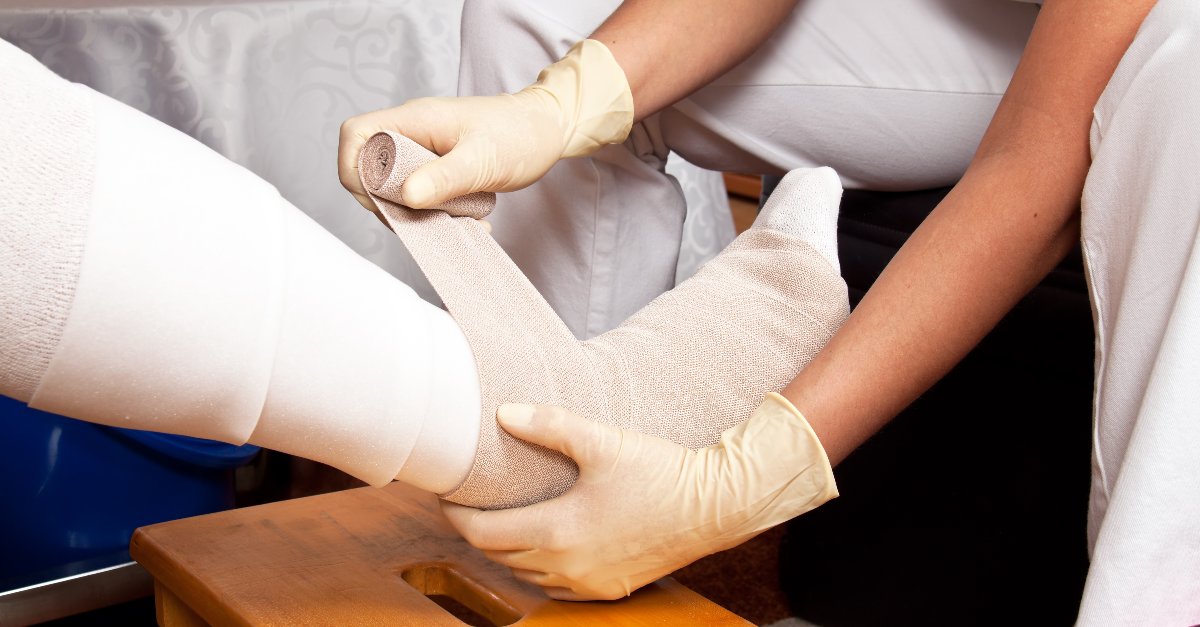
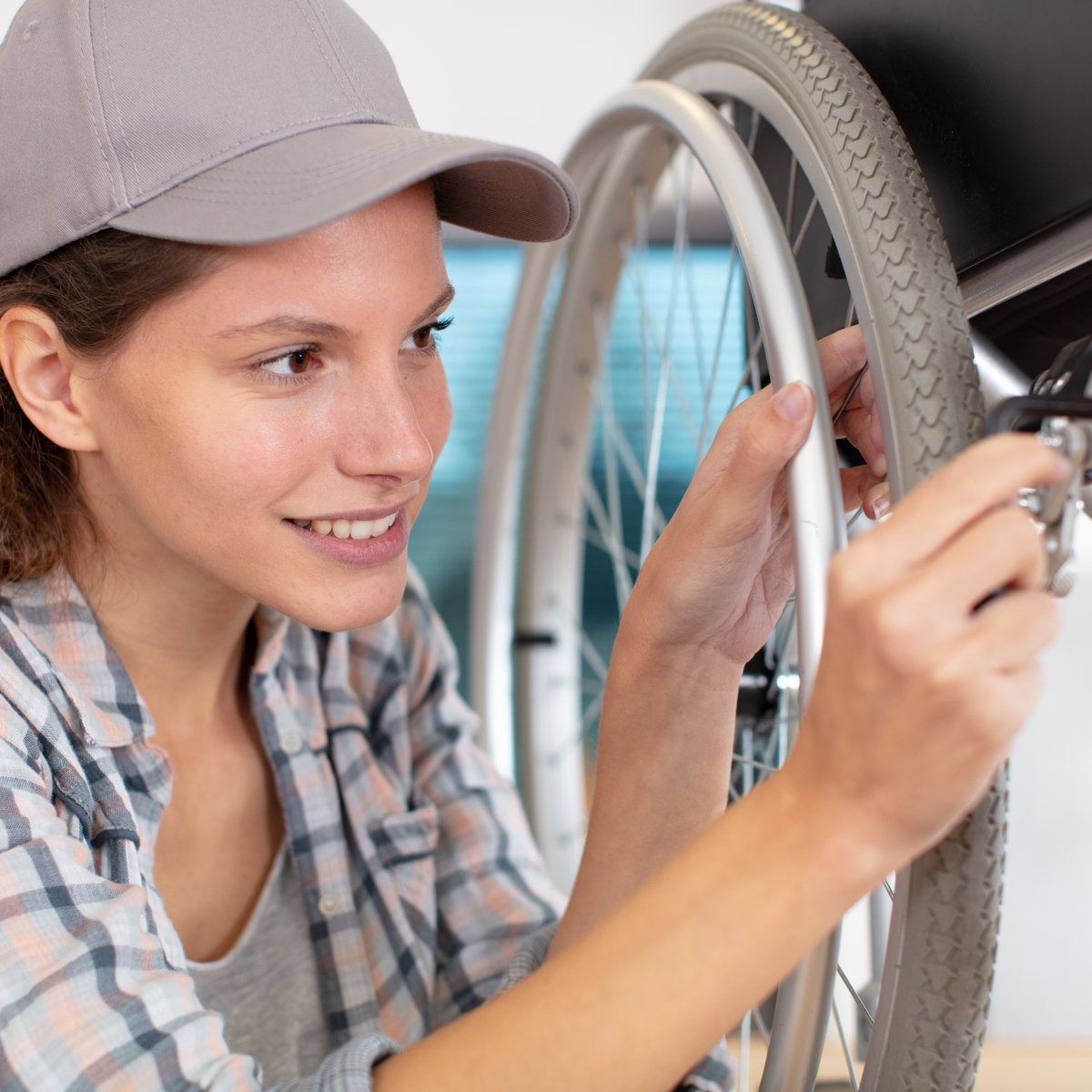
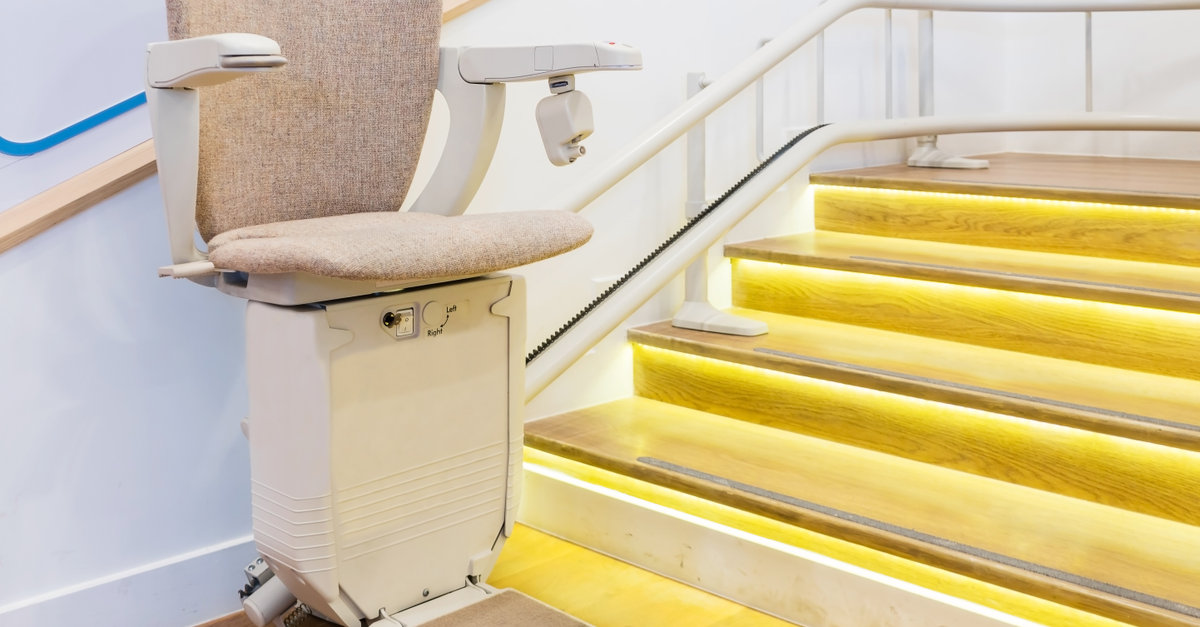
 ATF Medical proudly announces that Rachel Amentt has received the CEAC certification. CEAC stands for Certified Environmental Access Consultant.
ATF Medical proudly announces that Rachel Amentt has received the CEAC certification. CEAC stands for Certified Environmental Access Consultant.